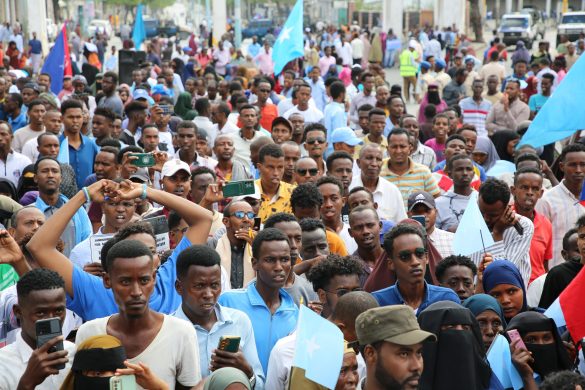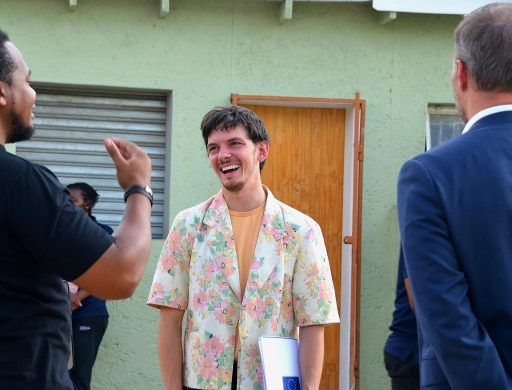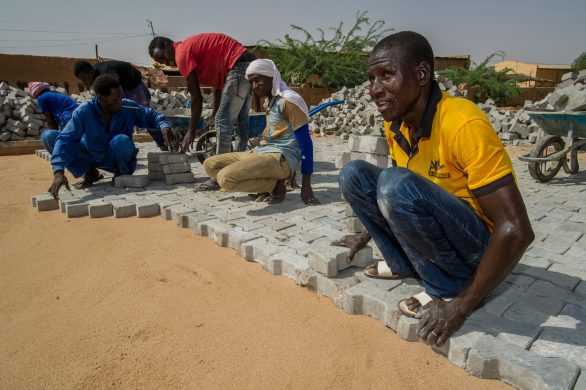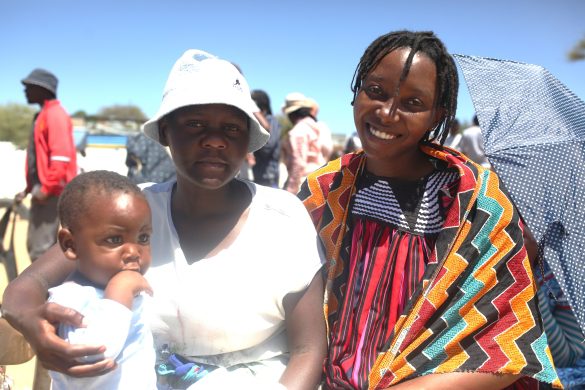Africa will only be able to provide universal access to primary schooling by 2150, yet it also has to begin focusing on improving the secondary education sector, says a new report according to IRIN.
It could take the continent another century to achieve the Millennium Development Goal (MDG) of Universal Primary Education (UPE), due by 2015, “and even then it may not acquire the skills its needs to truly develop,” said a new report, ‘Back to the Blackboard’ by the South African Institute of International Affairs (SAIIA).
The report looks beyond governments attempts to provide UPE, to the need to expand the secondary education sector, improve teacher quality and numbers, and infrastructure across the continent.
While primary education remains a priority for all of sub-Saharan Africa, “at the same time pressure – social, political and economic – is building up for increased access to junior and senior secondary education cycles,” if countries are to cope with the global pace of development, according to Peroshni Govender, one of the authors and editors of the report.
– What will become of the millions of primary school graduates in 2016, or even 2151, if we do not plan for their secondary schooling, and what value will they add to development in their countries? asks the report.
– As the UPE drives increase, we cannot raise expectations and drive those seeking secondary education away by saying we cannot accommodate this phase, remarked Govender.
She cited example of Uganda where, despite a seven-year UPE programme, less than half the 700.000 children who successfully completed primary school in 2003 were accommodated in secondary school.
According to the UNs Educational Scientific and Cultural Organisation (UNESCO), only 25 million of the 90 million children in the secondary age group in Africa were in school.
Secondary education not only provides countries with the higher-level skills and knowledge needed for economic growth, but also “encourages critical thinking”, she added.
There are other social spin-offs from better access to secondary education.
– Citizens who have completed “basic education” (nine years of schooling) have fewer children, lead healthier lifestyles, ensure their own children go to school, and are better able to contribute to the economic development of their countries, said Govender.
But African countries already struggling with limited resources for the UPE campaign have not been able to attract funding for developing the secondary education sector. “Africas poorest countries are still spending an average of 15 percent of revenue on debt servicing”, but the continent needs an extra one billion to two billion US dollar to support education, the report notes.
The World Banks regional study initiative, Secondary Education in Africa (SEIA), is investigating financially sustainable strategies, such as the integration of lower secondary and primary schooling, to reduce costs.
Govender suggested alternative modes of education media, such as radio or the internet, which use peer learning and distance methods, could help reduce unit costs.
The report recommended that African countries adopt a two-pronged strategy: funds received should be spent efficiently, and they should “negotiate harder [for more funds] and hold the developed world to their promises.”
Two of the authors of the report, John McKay and Greg Mills, presented East Asian countries success with their education policy as a lesson for Africa.- n the early 1960s, following the devastations of the Korean war, South Korea had a per capita income that was significantly lower than almost every African country, they said.
Yet East Asia achieved UPE by 1965. By the 1970s, Korea had achieved 100 percent adult literacy and the focus had turned to technical education. Between 1970 and 1985, South Koreas spending on each student rose by 355 percent, compared with 38 percent in Kenya and 13 percent in Pakistan.
East Asias five key policy approaches were:
1) emphasis on the centrality of education and skills in all aspects of development;
2) a clear relationship between planning targets for education and job creation;
3) constant upgrading of jobs and skills;
4) education projected as a key mechanism for economic and
5) social mobility, and with a key role in maintaining and creating national identity.
– The simple lesson from East Asias economic miracle: no macroeconomic policy can work without education and training, said the report.















